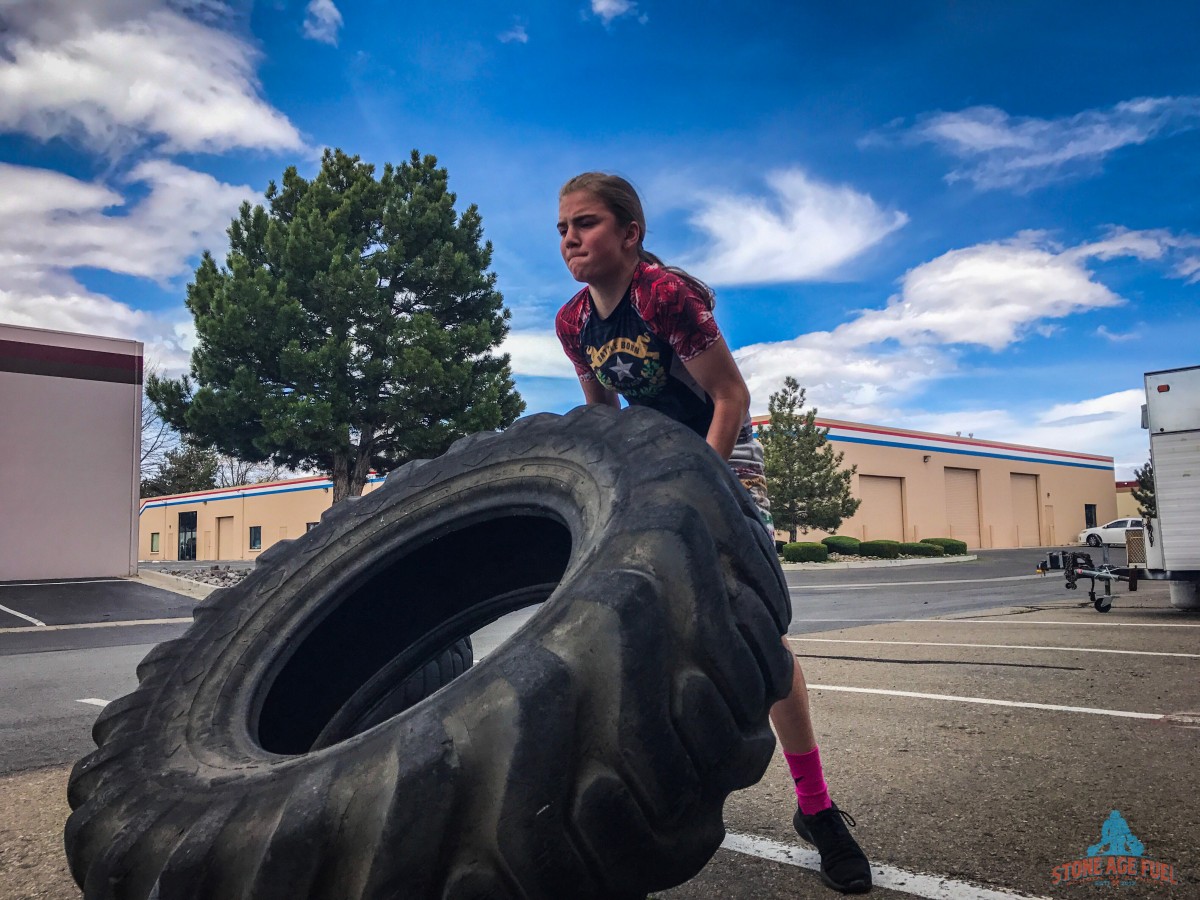Mechanics-Consistency-Intensity, and the importance of preserving the stimulus
When a gymnast learns a new skill, she doesn’t just throw it into her competition-ready bar routine.
After weeks of timers and drills to prepare her for attempting the new skill, she then attempts the skill with her coach spotting her. After practicing hundreds of repetitions with a spot, she then tries it on her own, usually over a foam pit. And eventually, she gets to try it on the uneven parallel bars. At that point, it’s still usually not ready for competition. More weeks of practice are required before the skill is consistent enough for the coach to consider putting it in her routine in competition.
Though we’re not teaching you how to do high-flying, dangerous release moves on bars, what we do is still technical, and the same principle applies: Mechanics first, then build consistency, and THEN put it into a high-intensity, metabolic conditioning workout (aka our version of a bar routine).
In other words, if you just learned how to kip and can string together three to five kipping pull-ups when you’re fresh, you probably have no business throwing kipping pull-ups into a conditioning workout consisting of three rounds for time of a 400 m run, 21 KB swings and 12 pull-ups.
Step 1: Mechanics
Learn the mechanics/technique of a movement (be it an air squat, a clean, or a muscle-up). When it comes to gymnastics movements especially, start by practicing them with low repetitions when you’re fresh, with a full recovery between sets.
Step 2:
Continue to practice, practice, practice the movement on its own in a low-intensity, skill-based work environment until they become second nature to you (i.e. you develop consistency). Once they become more consistent, you can start to ramp up sets and reps and decrease rest time.
Step 3:
Once a movement is consistent—be it kipping pull-ups or multiple reps of a 95 lb. squat cleans—you can consider putting it into a conditioning workout. BUT ONLY IF:
You can do so WHILE PRESERVING THE INTENDED STIMULUS OF THE WORKOUT.
What does this mean?
In short, each workout has an intention. Sometimes we want you to complete the work in a certain amount of time, be it 5 minutes, 20 minutes or otherwise. Other times, we want you to be able to complete a certain amount of work—often a number of reps or rounds—in a designated time.
When it comes to incorporating technical movements or heavy loads into conditioning workouts, if you’re unable to complete the workout in the time cap we suggest, or you fall short of completing the work we expect in a specific amount of time, then you’re probably not ready to perform that task at intensity yet.
For example:
Let’s say you just got your first ever muscle-up last week and then managed to squeak out three more yesterday and today’s workout is Nate—20 minutes to complete rounds of: 2 muscle-ups, 4 handstand push-ups and 8 KB swings. What do you do?
You might be tempted to try to do the workout with muscle-ups, instead of the secondary option of replacing muscle-ups with 5 pull-ups and 5 ring dips.
BUT, the intended stimulus of the workout is for you to move for 20 minutes as consistently as possible, never resting more than 20-30 seconds at a time, and for you to complete at least 12 rounds during the 20 minutes.
This would mean completing 24 muscle-ups in 20 minutes when the most you have ever done in your life is 4. On top of this, you’ll be tired from the handstand push-ups and KB swings, which will slow you down even more. I would assume 12 rounds probably isn’t going to happen for you yet.
Thus, your fitness will benefit significantly more from completing 15 rounds of Nate with pull-ups and ring dips than it would from struggling through 3 rounds with muscle-ups.
Sorry to burst your bubble.
We get that it can be frustrating to feel like you’re being held back. But the truth is, holding you back is often the best course of action to actually propel you forward faster than you would from attempting loads and skills during conditioning workouts that aren’t ready to be done at intensity yet.
If you’re still frustrated and want to get there faster, the best thing to do is talk to you coach, who can give you some skill-based, technical homework to do after class to help get those skills up to snuff and metabolic conditioning-ready.







